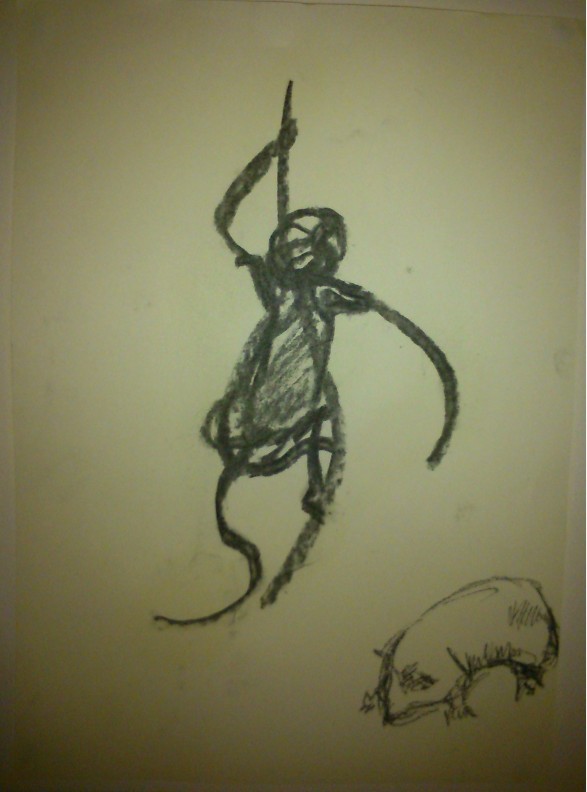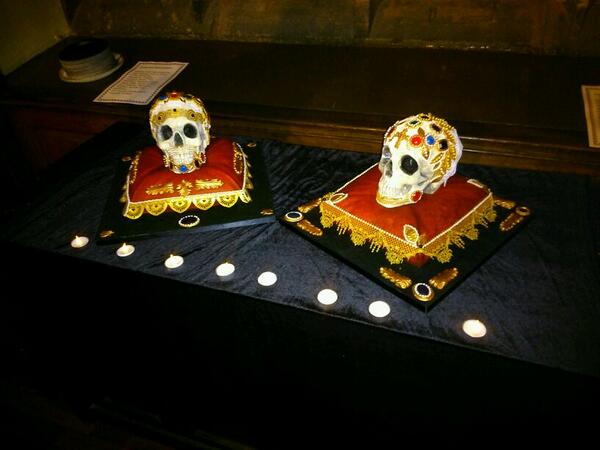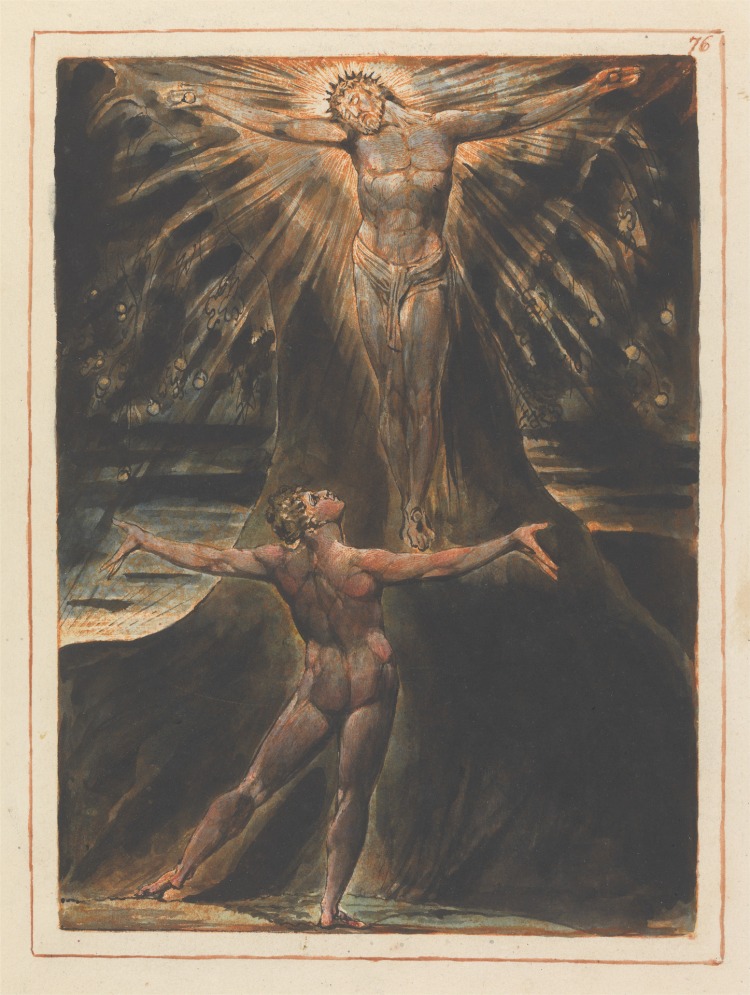If ever another b-word vied for dominance in my current vocabulary over the name of a certain artist, “bodies” is currently putting up a good fight.
As mentioned previously, I’m involved in organising a postgraduate symposium called “Untouchable Bodies?” which will explore how interact with bodies (in various senses) and the social, political, ethical, religious and other constraints and concerns which influence these encounters. The event is on Friday (at the wonderful John Rylands Library), so we’ve been finalising details like how to structure the discussions around the Special Collections items we’re using, as well as more banal logistics like catering (accommodating the various bodily needs/choices of our delegates’ diets!).
I’m also involved in Manchester’s strand of the Research Councils UK ‘Schools and Universities Partnership’ as a ‘PhD Demonstrator’ for the Whitworth Art Gallery. My role is to deliver workshops, together with a science PhD researcher, on “Drawing Anatomy.” This will explore anatomy from both scientific and artistic approaches, and will in part be shaped by our own research interests.
As the Whitworth Art Gallery is currently closed, we are using the Manchester Museum as our venue. On Monday, we had a training session to develop the workshop, working with Denise Bowler (Secondary & Post-16 Coordinator at the Whitworth) and artist Sarah Sanders. We had fun trying to identify animals from their skeletons in the museum displays, and tried out various drawing activities. We have a trial session next month to test the workshop in action. Here is a piece of quick collaborative drawing – a monkey by me, to which Denise gave a friend:

Meanwhile, at Manchester Art Gallery, Grayson Perry’s tapestries have given way to an exhibition exploring twentieth-century sculpture and last week I spent a morning exploring it as part of a training day for the gallery’s volunteer guides (of which I am one). ‘Sculptural Forms: A Century of Experiment’ explores a broad range of sculptural practices in the twentieth century through three themes: ‘The Human Condition,’ ‘Abstraction’ and ‘Transformation.’
‘The Human Condition’ is obviously most pertinent to my interest in bodies. I’ll limit myself to mentioning two works here to avoid an overly-long post. The earliest work is the gallery’s cast of Rodin’s iconic ‘The Age of Bronze‘; first modelled in 1876, this work sparked controversy when it first appeared for its extremely life-like appearance (people thought that it had been cast from life), not conforming to the formal, idealised types of human figures which had dominated the art of sculpture. Rodin made numerous casts of this work; Manchester Art Gallery’s was cast in 1911 and was specially commissioned by the gallery as the first sculptural work in the collection.
Nearby is Eric Gill’s ‘Sleeping Christ‘ (c.1924). I’m a bit of a fan of Gill’s work (in fact, I recently had an essay published on Gill’s Stations of the Cross in Westminster Cathedral published by the Catholic Archives Society) so I was pleased to see this work on show. It also makes an interesting counterpoint to the Rodin for tour purposes – Gill championed ‘direct carving’ whereby the sculptor responds to the material s/he is working with to ‘find’ the form of the work within the material rather than first making a model (in clay, for instance) and he did not think much of Rodin. It seemed to go down quite well in my tour today.
Across the river in Salford, on Thursday night I went to the opening of another exhibition ‘Encountering Corpses‘ at Sacred Trinity Church which is part of a project at Manchester Metropolitan University. The exhibition features works by various artists which respond to the theme of death and the body. The launch put me in mind of Blake’s poem ‘The Little Vagabond‘ for the church was full of art, poetry, song, wine and spectacular cakes (see below). However, it was so busy that I barely managed to look at the works on display, but will be returning as part of ‘Untouchable Bodies?’ on Friday.
Finally, in thesis-land, I have been looking at Blake’s depictions of the crucifixion and therefore thinking about the ways he depicts Christ’s body on the cross and the implications this has for us as members of Christ’s corporate “Divine Body” (only accidentally well-timed for Lent). I’ll end with one example, Plate 76 of ‘Copy E’ of Jerusalem from the Yale Center for British Art (where I am excited to be going later this year):


You must be logged in to post a comment.